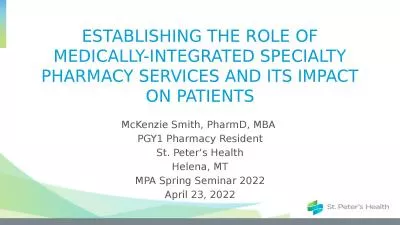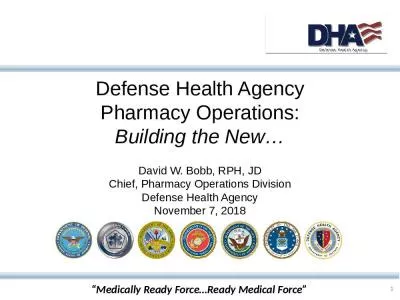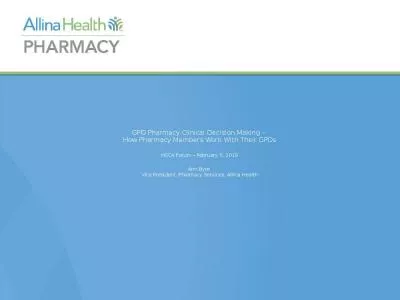PPT-Negotiating Pharmacy's Role
Author : cheryl-pisano | Published Date : 2017-05-28
From a Position of Strength Objectives Define Accountable Care Organizations ACO Define Pioneer ACO Define Transitions of Care Determine the Opportunities for implementation
Presentation Embed Code
Download Presentation
Download Presentation The PPT/PDF document "Negotiating Pharmacy's Role" is the property of its rightful owner. Permission is granted to download and print the materials on this website for personal, non-commercial use only, and to display it on your personal computer provided you do not modify the materials and that you retain all copyright notices contained in the materials. By downloading content from our website, you accept the terms of this agreement.
Negotiating Pharmacy's Role: Transcript
Download Rules Of Document
"Negotiating Pharmacy's Role"The content belongs to its owner. You may download and print it for personal use, without modification, and keep all copyright notices. By downloading, you agree to these terms.
Related Documents


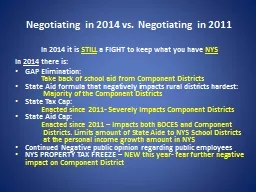
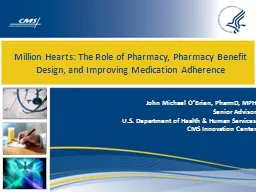





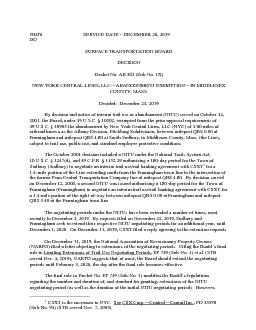
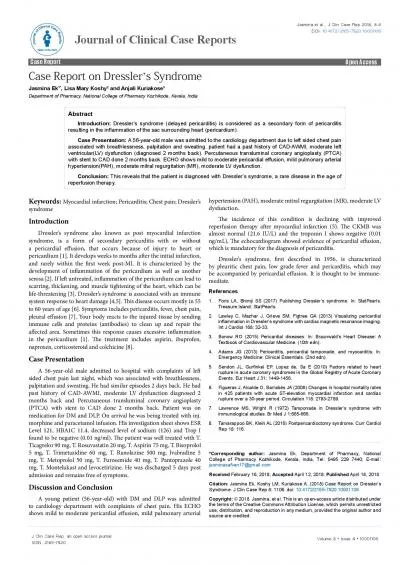
![[PDF] DOWNLOAD Negotiating the Paris Agreement: The Insider Stories](https://thumbs.docslides.com/1020219/pdf-download-negotiating-the-paris-agreement-the-insider-stories.jpg)
